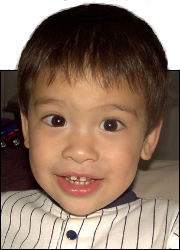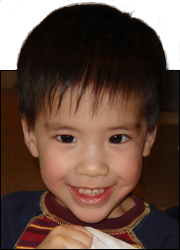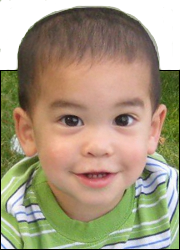Spring Book Thingy, 2021
May
27
2021
Since we took our vacation during spring break instead of the summer, I started my summer book reading in April. I’m writing about it now because I didn’t realize the book I took was the first of a trilogy (i.e. this is a review of 3 books, enough for its own blog post).
It was The Sea of Trolls by Nancy Farmer.
The book had an interesting setting, and interesting characters, and in general it was a good read.
It did stand on its own and had a good enough ending, but there are two other books after it.
Those are The Land of the Silver Apples and The Islands of the Blessed.
I’m just going to review the series in one lump – no need to get into the specifics of each book. If you like the first one, you’ll like the other two.
One note: the first book had a good ending, but the end of the third book left a lot open and much more of an expectation of another story. If you don’t like that to-be-continued feeling, stop at the first book.
No plot recap here, that’s what basically all the other reviews are for.
If you’ve seen any of the Marvel movies about Thor, you’ll understand a bit of what’s going on in these books. Or I suppose it could work in the reverse – if you’ve read these books, you’ll understand a bit of what’s going on in the Thor movies. If you are undecided about the order though, I recommend seeing the Thor movie first, if only for the reason that you’ll know how to pronounce Jotunheim when you see it in the book.
I saw one review blip that said the story has a bit of Star Wars in it, and I’d say that’s true. And that aspect of the story is the main concern with it – the spiritual aspect.
The story asserts that all religions are different, say, facets of the main “force”. That implies that the life force is the real religion, and all others are built off it. The story weaves together Norse mythology annd Christianity and Picts and elves and hobgoblins and it all gets jumbled together, to further the idea that they’re all different leaves on the same tree.
Oddly enough, this tree that is the provider of the life force in the book is known as the “tree of life” which sounds a lot like what was in the Garden of Eden. I’d go so far as to suggest that the author substitutes the Tree of Life for God. Yes, she took it from the Norse traditions of Yggdrasil. I’m just saying the way it’s presented in the book (calling it the “tree of life”) reminds me of a corrupted version of Genesis.
Whether that encourages or discourages you for reading the book, I’ll let you make that call.
Out of the ground the Lord God caused every tree to grow that is pleasing to the sight and good for food; the tree of life was also in the midst of the garden, and the tree of the knowledge of good and evil.
Genesis 2:9




This little article thingy was written by Some Guy sometime around 10:10 pm and has been carefully placed in the Life category.

 This is Alpha, the first-born, when he was 2YO.
This is Alpha, the first-born, when he was 2YO. This is Beta, the second-born, when he was about 2YO.
This is Beta, the second-born, when he was about 2YO. This is Gamma, the third-born, when he was about 18MO.
This is Gamma, the third-born, when he was about 18MO.

